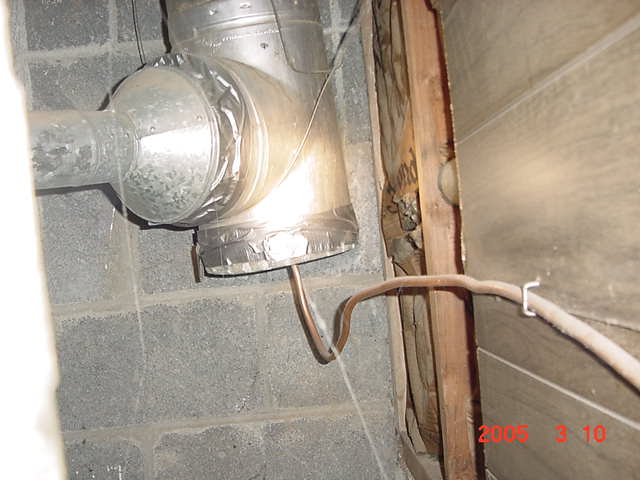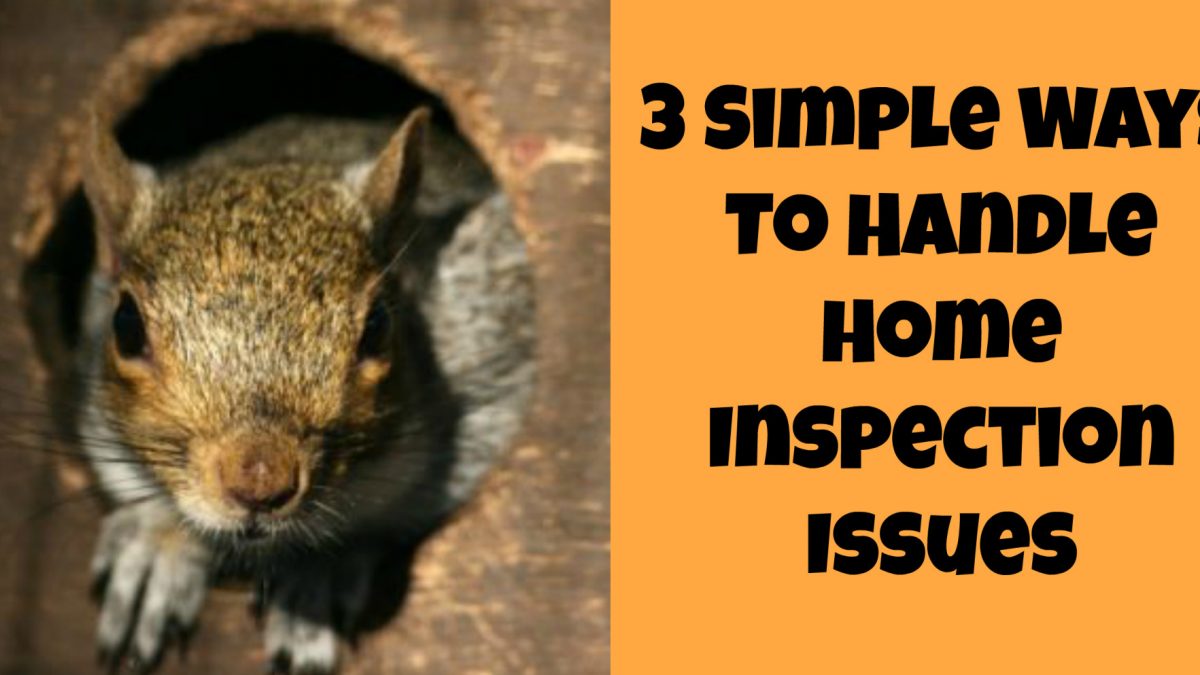Table of Content
This makes them one of the first places to show signs of structural issues in the home. Home inspectors will keep a close eye on windows and doors around the property for this reason. Drainage is one of the last things homeowners would think of inspecting when it comes to foundation problems. A wet slab, or ineffective gutters, can increase the risk of moisture-related problems. Mold and condensation are one side effect of excessive moisture, but did you know that too much moisture can reap havoc on your home’s foundation?

According to ASHI, approximately 90% of all structural building failures are caused by the presence of moisture. That’s a pretty shocking statistic, and it highlights just how important it is to keep water away from home as much as possible. For more information on how home inspectors inspect roofs, read our article How Home Inspectors Examine Roofs – Methods & Safety Concerns. Notching is the practice of cutting away a portion of a wood member to allow for plumbing or electrical to be installed. Good planning minimizes the amount of notching that is needed. The maximum depth at the end of a joist can’t exceed one-quarter of the joist depth.
Things That Fail a Home Inspection from a Certified Master Inspector
A certified engineer will examine all components that influence your home’s foundation. This includes; drainage concerns, interfering trees, and landscape, soil conditions, etc. When spotting foundation problems early on, it’s important to gather as many clues as possible.

Foundation Type - Homes built with dirt floors in basements or crawl spaces have nothing to protect against the rise of radon from the soil. If present, repairing wood rot can cost an individual upwards of $20,000. If they think that there may be a more significant issue outside of their realm of expertise, they will likely recommend a professional plumbing inspection. However, rest easy knowing that most of the plumbing issues found during a home inspection are minor. Your HVAC system uses almost half of the energy in your home. It works hard every year to keep your home climate-controlled.
Common Problems Found In Home Inspections
Although maintaining your gutters may be annoying, the payoff is excellent. But, of course, you’ll want to deal with any water issue up front before moving into the home. The inspector may also recommend that you install a French Drain in a low point in your yard. Water is directed into the drain and out to a different part of your yard that can handle it. Working in the attic allows them to see any areas where current or past leaks have occurred.
These alterations create defects that need to be corrected by the building contractor that often is not. This happens during both new construction homes and especially during existing home renovations. One of the most apparent things that home inspectors look for when conducting a property survey is any evidence of cracks, particularly those present in the foundations.
Cracks in The Foundation
Problems with the house’s foundation can cause significant structural failure as most of the home’s structural elements are lineal. Frost lines in the northern states are much more profound than those in the southern states. This is why most homes in northern states have basements, while homes in southern states do not.
Flooding that leads to damage to property, destruction of crops and other plants, and safety hazards. You can add gutter extensions which will help the water to fall farther away from the house. Also, adjust the downspouts for water to move to optimal areas of the yard. Here are 5 of the most common drainage problems occurring in residential properties and their easy fixes. There are gutters, which drain down to the 4 corners of the house. You may be able to enter into negotiations with the sellers to help fund some of the fixes found during the inspection before closing on the home.
Electrical Wiring Issues
If a tree is too close to the foundation, removing the tree will be recommended. However, depending on the size of the tree, removal needs to be handled with care. An environment polluted with stagnant water can expose you to many air and water-borne diseases. Consider fixing cracks that are wider than one inch with hydraulic cement or polyurethane caulk. However, you can call an expert to assess the damage if they continue to widen.
Grading refers to the amount of slope present in the area surrounding the foundation of your home. Therefore, the water will flow away from the structure rather than towards it. Stained walls and ceilings - Even if the stain results from an old leak that has been repaired, inspectors will still check for mold buildup. Thankfully inspectors are fully trained to find this issue and recommend repairs.
If the soil is overly saturated, heavy soil erosion and swelling soil pose a threat to your foundation that can result in structural damage. Home inspectors are typically looking out for any evidence of water intrusion, such as staining and dark areas on wood. In addition, mold and water stains usually indicate long-term moisture damage that could connote severe structural issues. Moisture and water intrusion in the basement compromises the structure of the home and the safety and health of homeowners.

The drainage pipes must be laid on a sand bed or gravel to divert the flow well away from the foundation to keep it stable and dry. Care should be taken that there are no depressions on the ground beneath the pipes or they will be forced into the gap by the topsoil. Many homeowners consider downspout extensions rather unfashionable.
Experts may recommend an interior drain system and sump pump to resolve the issue. I doubt it has been like this 50 years or there would be bigger issues. You can firstly tell the Sellers clearly that you are seeking no credit or financial accommodation for these issues. Then have a structural engineering diagnose the basement-garage and upper-Kitchen supports.

Water penetrating through cracks in basement walls can cause spalling in concrete, brick or stone, which weakens the foundation over time. A CCTV inspection is an invaluable tool for homeowners and drainage professionals alike. It can help to quickly and accurately identify any potential problems and allow for quick and effective remedies. It can also help to maintain the health of your home’s plumbing and drainage system, saving you time and money in the long run. Any level of water penetration, wherever it is in the house, will almost always cause some form of damage if it cannot drain away sufficiently. The key structural aspects of a home include the foundation, floor, walls, and roof.

No comments:
Post a Comment